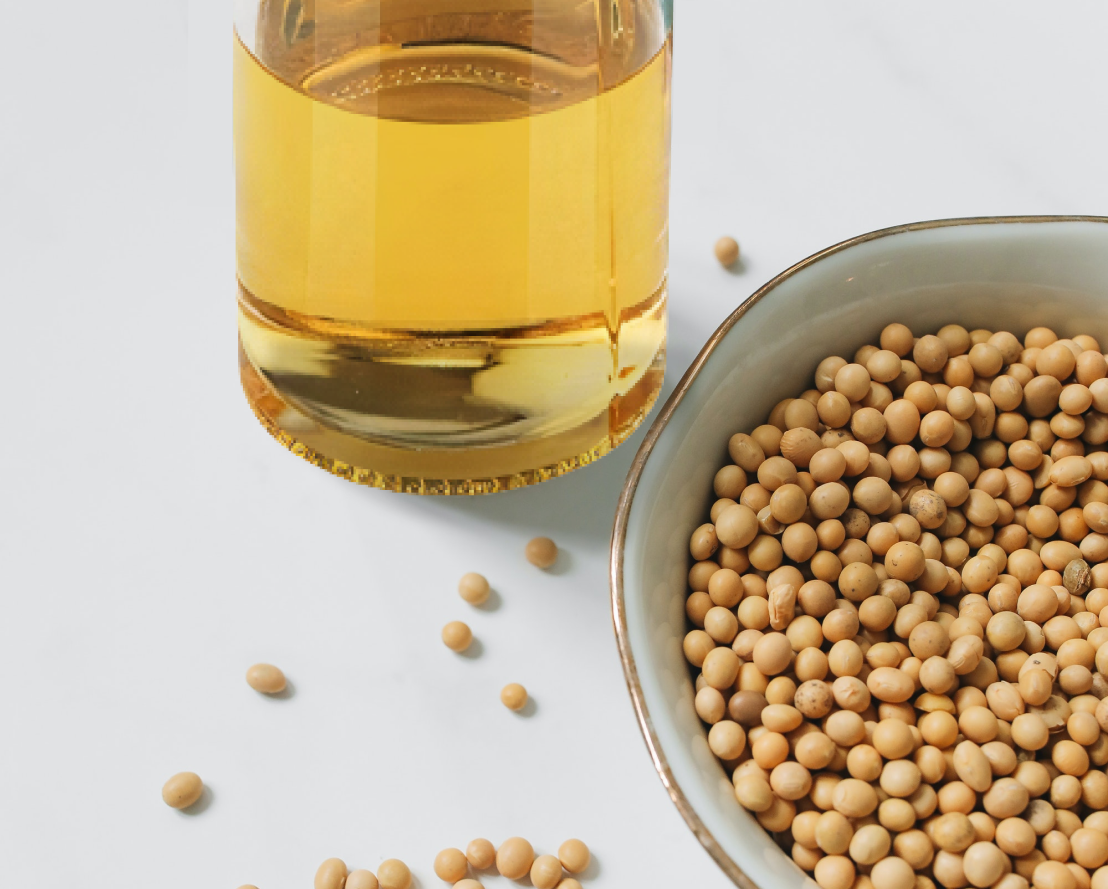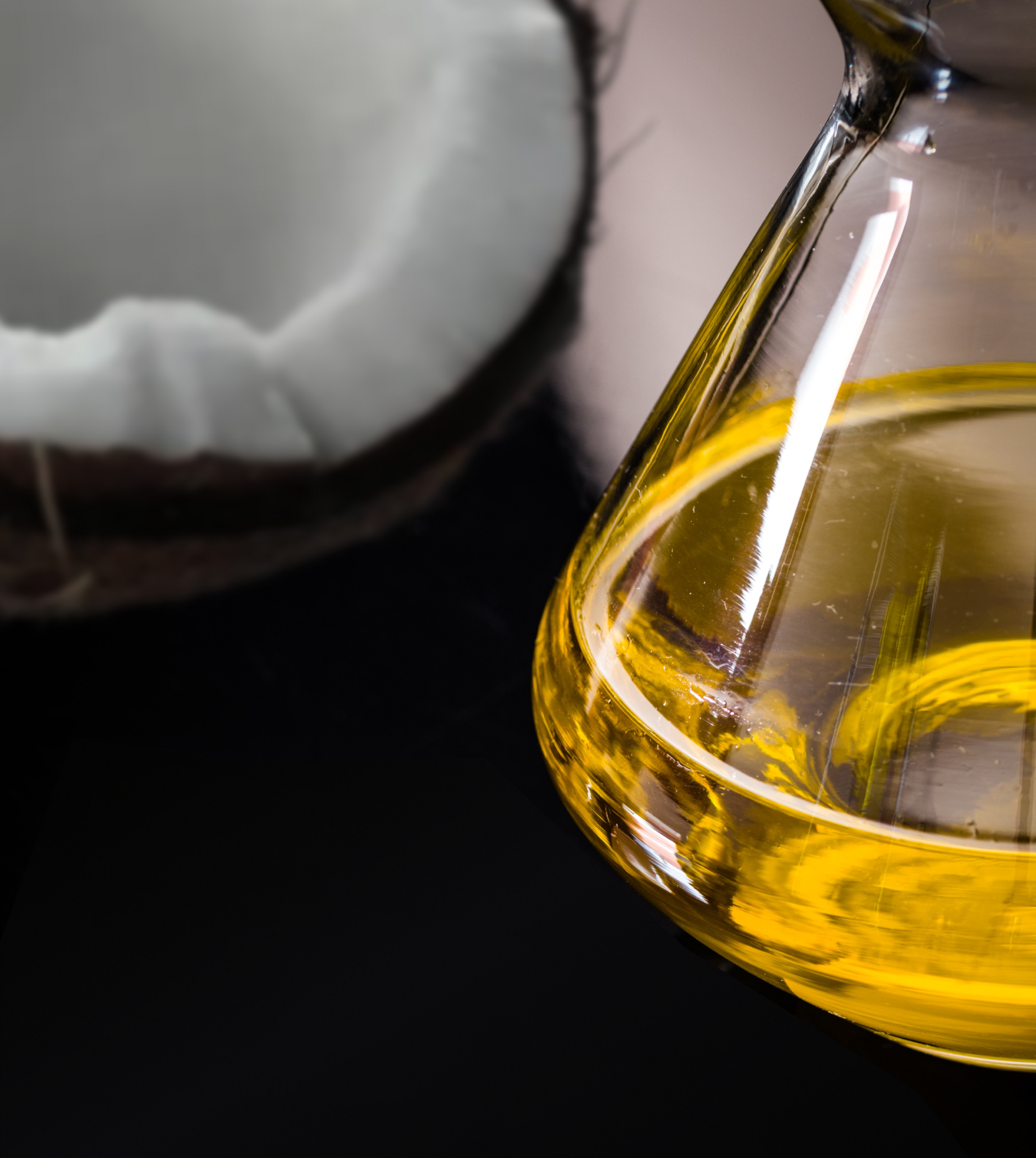Sunflower seed oil is a widely used cooking oil and an essential ingredient in cosmetics, owing to its unique blend of monounsaturated and polyunsaturated fats with oleic and linoleic acids as the primary constituents. Rich in healthy unsaturated fats, this oil is known to promote cardiovascular health. Moreover, it is a source of vitamin E, sterols, squalene, and other aliphatic hydrocarbons that contribute to its overall healthful properties.
Sunflower Oil
Palmitic acid (saturated): 4-9%
Stearic acid (saturated): 1-7%
Oleic acid (monounsaturated omega-9): 14-40%
Sunflower oil is a versatile culinary ingredient suitable for use in various cooking methods such as salad dressings, stir-frying, frying, and baking. Its low saturated fat content makes it a heart-healthy option with a pleasant aroma that adds flavor to dishes. The oil’s unsaturated fat content can aid in reducing cholesterol levels in the bloodstream by minimizing the saturated fatty acid content. Additionally, the oil is a rich source of antioxidants, particularly vitamin E, that further supports cardiovascular health.
Soybeans Oil
Soybean oil is derived from crushed soybeans using a cold-press extraction method, and is scientifically referred to as Glycine max. The oil contains lecithin, sterolins, and a relatively high concentration of vitamin E. As the second most widely used vegetable oil, soybean oil is a versatile ingredient that can be used for consumption and cooking. Furthermore, soybean oil is classified as a drying oil, which can create a water-resistant layer when exposed to air over time, making it a valuable raw material for ink and paint production.
saturated fat 16 grams
monounsaturated fat 23 grams
polyunsaturated fat 58 grams
alpha-linolenic acid 7-10%
linoleic acid 51%
oleic acid 23%
saturated fatty acids:
stearic acid 4%
palmitic acid 10%
Soybean oil is known to have beneficial properties for individuals with dry skin. A New York-based dermatologist, Dendy Engelman, has noted that soybean oil can increase skin suppleness and flexibility, while also helping to fortify the skin barrier to prevent common skin problems. Soybean oil is rich in linoleic acid, which is known to bolster the skin barrier, maintain skin hydration, and prevent moisture loss. Additionally, the vitamin E content in soybean oil acts as an antioxidant, offering protective benefits against skin damage caused by external factors.
Coconut Oil
Coconut oil is a vegetable oil extracted from the meat of coconuts. Based on the extraction technique, coconut oil can be classified into three types: Virgin Coconut Oil (VCO), Non-RBD Coconut Oil, and RBD Coconut Oil (Refined, Bleached, and Deodorized). RBD stands for Refine (purification), Bleach (whitening), Deodorize (removal of odor). The RBD process is necessary because this type of coconut oil is obtained from squeezing copra (dried coconuts) which are usually already burnt and rancid with high levels of Free Fatty Acids (FFA). From the squeezing of copra at high temperatures, raw coconut oil (Crude Coconut Oil) is obtained which is then purified through the RBD process so that it can be used as cooking oil. As a result of this RBD process, RBD coconut oil appears clear and bright in color, but the coconut aroma is almost undetectable.
Saturated fat :
lauric acid: 44.0 – 52.0%
myristic acid: 13 – 19%
palmitic acid: 7.5 – 10.5%
Coconut oil can be used directly as a fuel like diesel as it possesses a viscosity of 50-60 centistokes, in contrast to diesel’s 5 centistokes viscosity. When exposed to temperatures ranging from 80-90 degrees Celsius, coconut oil’s viscosity reaches a level akin to diesel fuel.
Virgin Coconut Oil
Virgin coconut oil, derived from fresh coconuts, exhibits a solid white hue and a transparent, water-like appearance when melted. There are two distinct methods to produce virgin coconut oil: the wet process and the dry process. The wet process entails extracting coconut milk and subsequently deriving coconut cream from it, from which the oil is separated. The separation can be accomplished through a number of techniques, such as heating, centrifugation, fishing, and enzymatic methods. Alternatively, the dry process involves drying grated coconut at a particular temperature and then separating the oil from the dried coconut through the application of pressure.
The color is clear
Free fatty acids < 0.5%
Peroxide value < 3 meg/kg
Moisture content around 0.015%
Total microbial count < 10 cfu/ml
• Assists in regulating diabetes, heart disease, obesity, osteoporosis, and cholesterol levels
• Provides treatment for microbial and fungal infections, including but not limited to vaginal discharge, influenza, herpes, chickenpox, and HIV/AIDS.
• Combats diseases caused by free radicals.
• Functions as an effective anti-aging agent, reducing wrinkles and promoting youthful skin, when topically applied.
• Supports the growth and development of children, enhancing their cognitive abilities, endurance, and overall resilience.
• Applied in the production of pharmaceuticals and cosmetic products.







